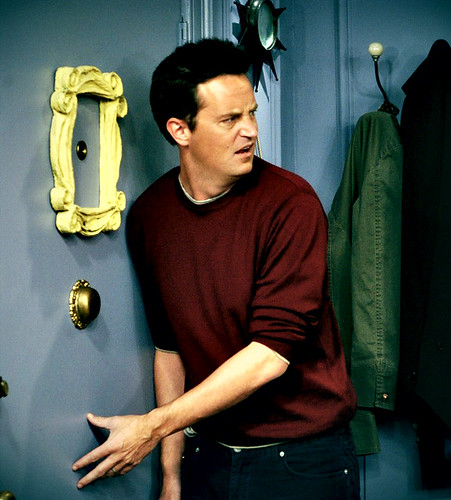this screengrab shows the text which was received. Zoom in of the text emphasis's its importance in what is about to happen.
this next screen grab shows a mid shot of Freddy, this shows the focus on the character as he is vital to what is about to happen with the skateboarding down the road.
the 360 degree shot shows Freddy in a heroic light when in reality he is thinking about a risky act on skateboarding down the busy road. Through this point, the rocky guitar riff starts.

The next shot we see is Freddy skateboarding onto the pavement, when doing this he nearly knocks over a lady, the lady jumps out of the way. The screen then cuts to a police man, then back to Freddy to indicate Freddy is heading towards the direction of the police man. The police man is seen eating an ice-cream, at which point Freddy skateboards past and knocks the ice-cream out of the police mans hands. The ice-cream lands over his private area. There is a slight pan in onto the ice-cream suggesting the police man has been made a fool out of by Freddy. This also shows Freddy has more power at this moment as he is able to get away without any worry. This is not what would be expected due to the age difference between the two.
To bring the essence of power back to the police man, the police man starts to chase after Freddy, but Freddy has long gone and out smarted the police man.
Freddy's smart thinking is further seen in the next part. Freddy is seen jumping over the road work going on with the help of the ramp. During this jump, the seen is in slow motion and Freddy is clearly seen above ground over the road works. This brings back the previous heroic shot of the 360 degree low angle shot to show his heroic/risky act. Throughout this, the police man is not seen, the focus is on Freddy and the builders.
To follow on from the slow motion heroic shot, Freddy's skateboard is seen to be sparking flames. Although this is perfectly explanatory with the friction of the skateboard and the gravel road, it further emphasis's his risky act. The reason for this sudden need to break is a bin lorry in front of him, without the break Freddy would have gone flying in to the back of the lorry with all of the rubbish. As Freddy stops himself from going into the lorry, the police man does not stop himself therefore goes flying into the back of the lorry with all of the rubbish. This again shows the "responsible adult" in a light of being outsmarted by the younger generation. Through this, it shows Freddy as being cautious and aware of his surroundings while showing the police man as reckless for not being able to stop in time. The typical characteristics of the two characters considering their age are swapped around.
this last screen grab shows two of Freddy's friends - Cook and JJ. They are seen in two shot, representing similar if not the same age. As the are both with Freddy's last spliff they are shown to be on the same side and the same position. Two young people both a mid beer and spliffs is the image that has been drummed up by the media on young people.































 (Film: Mental (2012)
(Film: Mental (2012) (Film: Mental 2012) This close up to show the main character questioning the members of the family she is too supervise. Although most close up shots are used for the tension, this is used to portray across Shaz and her concern/need to question what is about to happen.
(Film: Mental 2012) This close up to show the main character questioning the members of the family she is too supervise. Although most close up shots are used for the tension, this is used to portray across Shaz and her concern/need to question what is about to happen.


 The close up is used here to show the tension on Will Smiths face. There is also the sense of wondering what is going on around him because he is the only aspect to focus on. There is also the close up of a metal bars along the front which shows they are held up somewhere in safety, away from the people outside.
The close up is used here to show the tension on Will Smiths face. There is also the sense of wondering what is going on around him because he is the only aspect to focus on. There is also the close up of a metal bars along the front which shows they are held up somewhere in safety, away from the people outside.


